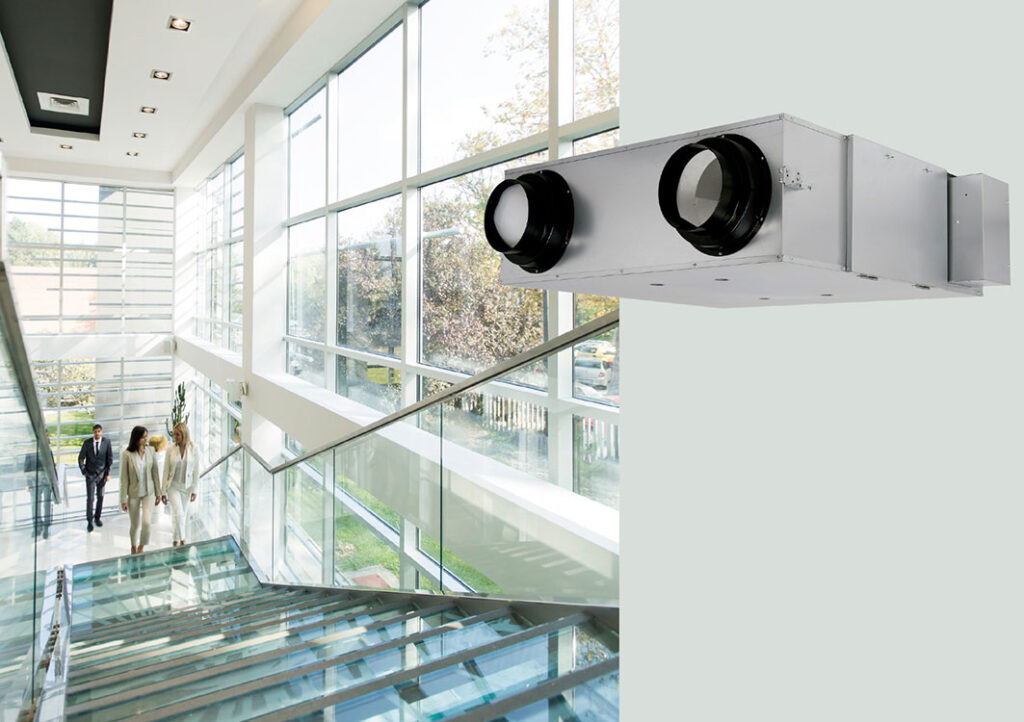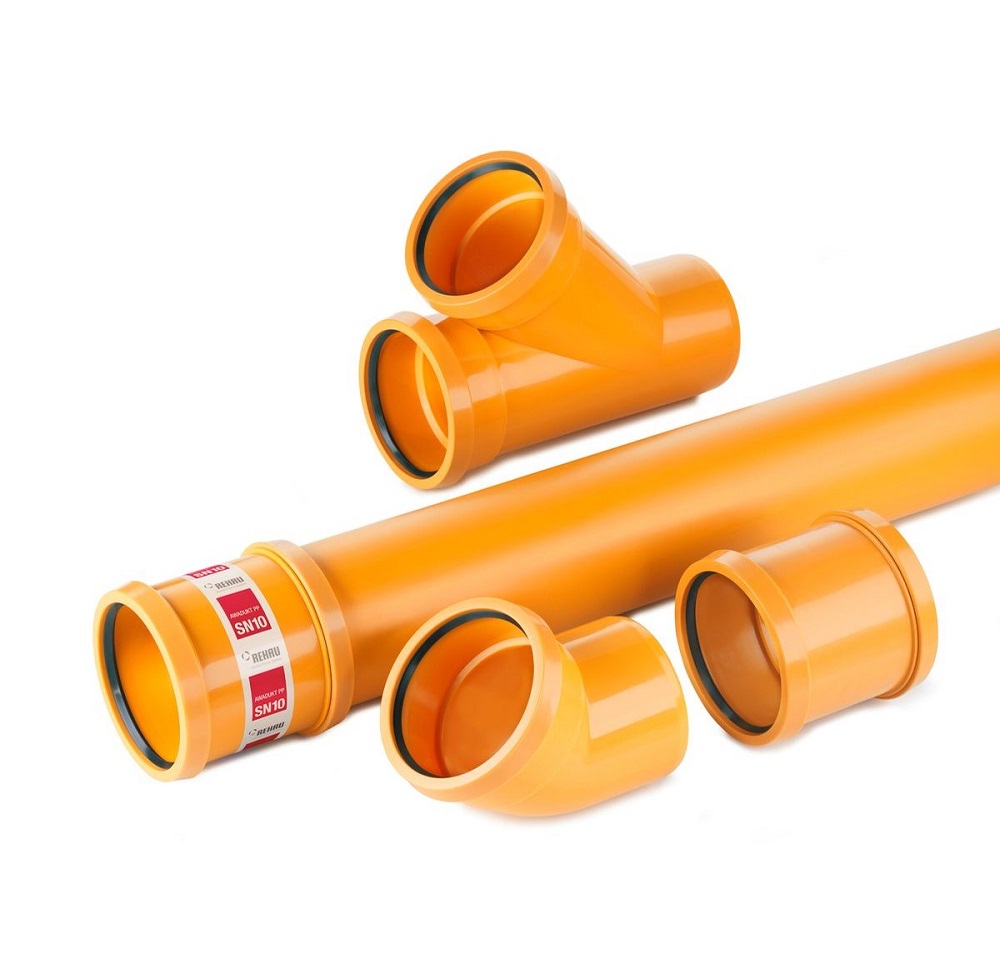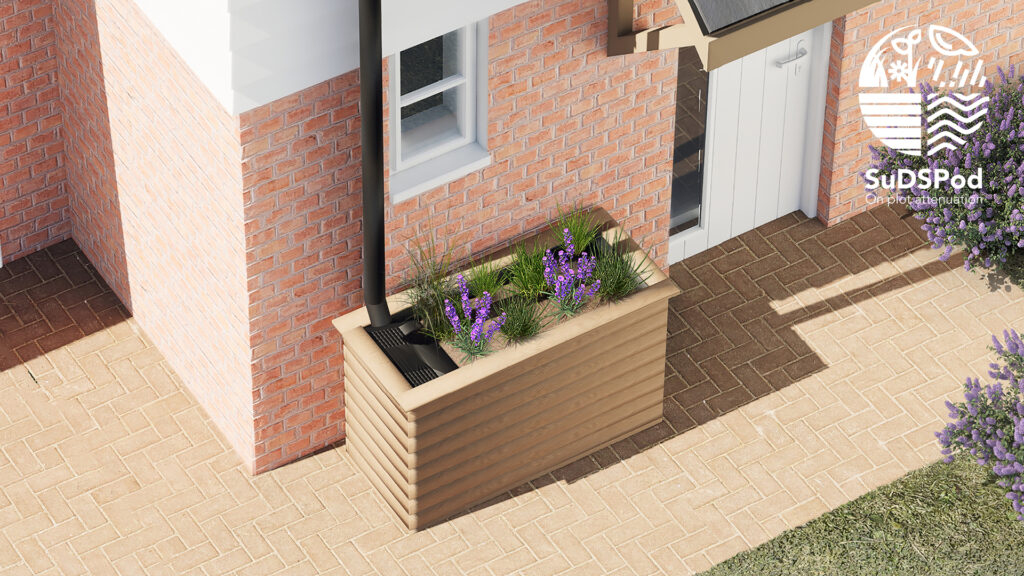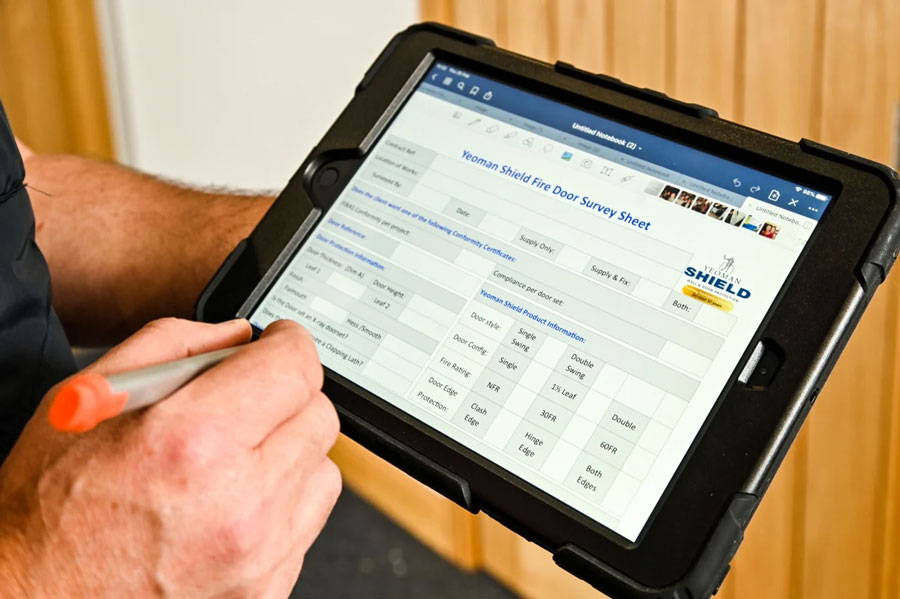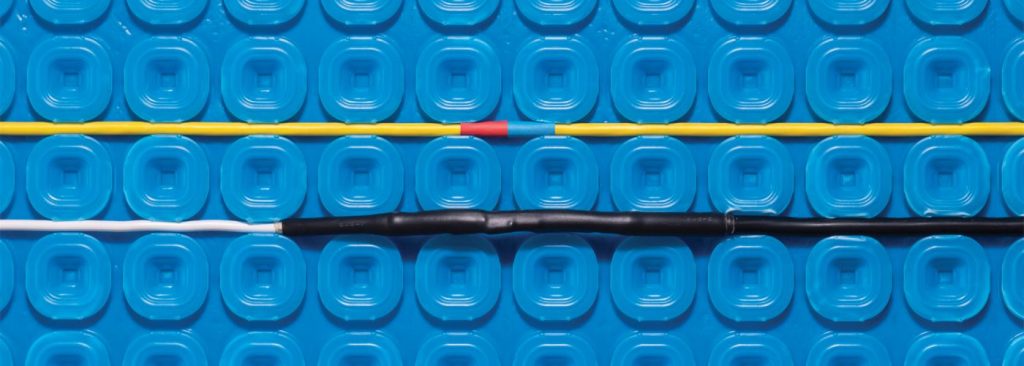Lift Directive explained
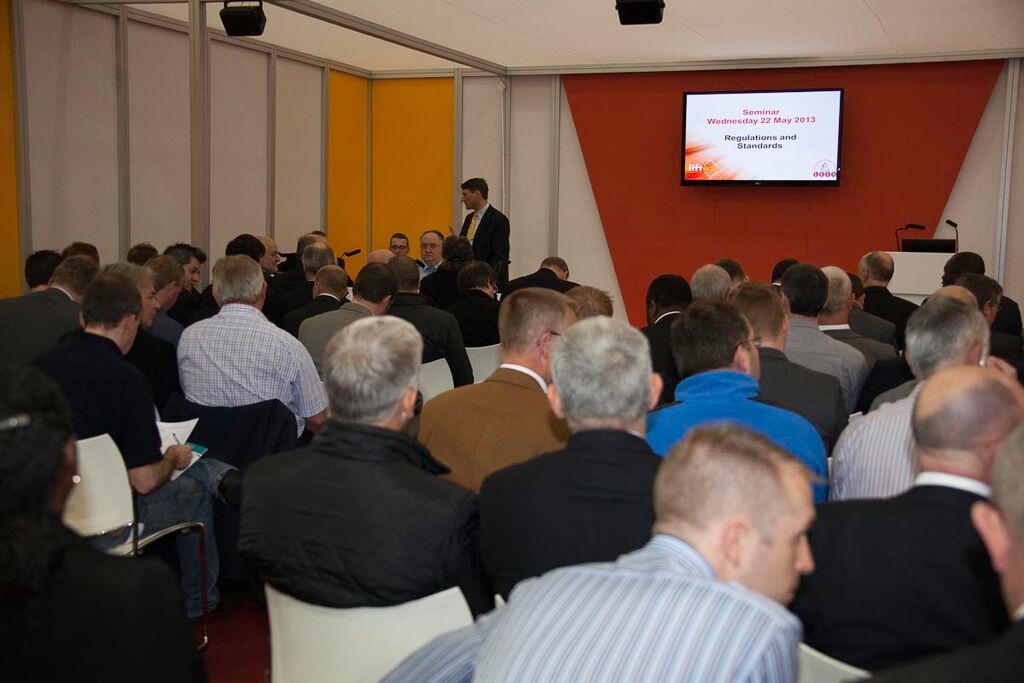
Originally published on 29 March 2014 in the Official Journal of the European Union (OJEU), the Lift Directive will be enacted in new Lift Regulations in the UK. These are expected soon and will be in force from 20 April 2016 and there are important implications for building designers and specifiers.
The changes have been made so that the key points across the various directives can be aligned into one, as well as improve the evaluation and monitoring of Notified Bodies, strengthen market surveillance across the EU, and therefore enhance the credibility of the CE marking as a sign of conformity and safety. All the targeted directives have now been published by the EU Commission in one package, which should make it simpler for manufacturers, designers, specifiers and installers to follow.
Change in practice
One of the areas where these changes will have the biggest impact is in relation to lift pit or headroom dimensions which cannot accommodate the minimum permanent refuge space required. The size of these refuge spaces is likely to increase with the new standard BS EN 81-20. We would urge specifiers to discuss their lift well dimensions with their lift provider at an early stage to ensure adequate pit depth and headroom clearances are incorporated into the building design.
From 31 August 2017, BS EN 81-20 will be the only harmonised standard under the Lifts Directive for the design of new lifts. The previous standards, BS EN 81-1 and BS EN 81-2, will be withdrawn after a three year transition period (set to allow adaption of building designs and lift designs to the new standards). The new BS EN 81-20 has improved safety requirements for refuge spaces in the pit and headroom of lifts. Some lift designs which currently comply with BS EN 81-1 or BS EN 81-2 might need increased spaces (typically headroom) to incorporate the permanent refuge spaces defined in BS EN 81-20. Under current BIS (the department for Business, Innovation and Skills) guidance, new lifts not meeting the minimum refuge space requirements in the harmonised standard would also need derogation from BIS.
The situation for conformity to the Lifts Regulations is that a lift placed into service after 31 August 2017 must comply with BS EN 81-20 or have a Notified Body approval. In addition, a new lift not meeting the minimum permanent refuge space requirements in the harmonised standard must have a derogation from BIS.
For new lifts in new buildings, this can be by one of the following routes:
- The preferred solution is for the building design to allow the new lift to fully comply with the pit depth and headroom clearances and refuge spaces requirements in BS EN 81-20. Then there is no further need for approval from a Notified Body or derogation from BIS.
- The next preference, if full compliance with BS EN 81-20 is not possible, e.g. with clearance requirements, is for the pit depth and headroom to allow the new lift to comply with the refuge spaces requirements in BS EN 81-20, 5.2.5.7.1 and 5.2.5.8.1. Then we understand that Notified Bodies will be able to issue approvals for such lifts. There are likely to be costs to adapt the lift design and gain this approval which would need to be discussed with the lift provider. There is no need for derogation from BIS.
Where the building design does not allow the refuge spaces defined in BS EN 81-20, 5.2.5.7.1 and 5.2.5.8.1 then derogation from BIS could be required. Since only prior approval can be granted and that derogation is primarily intended for existing buildings, our guidance is to avoid this route and use one of the options above.
There are sometimes options on the part of the building design and on the lift design so it is worth exploring all the options with your lift provider.
For new lifts in existing buildings which fully comply with BS EN 81-21 and provide the spaces defined in BS EN 81-20, 5.2.5.7 and 5.2.5.8, then there would be no further need for approval from a Notified Body or derogation from BIS.
NOTE! The use of BS EN 81-21 on new lifts in new buildings is prohibited except where a derogation has been obtained by BIS (see the National foreword to BS EN 81-21).
Installer implications
In the Lift Directive, ‘installer’ means the company taking responsibility for the lift. The main implications of the recast Directive are:
- The installer of lifts must have traceability on who they have bought safety components from and which lifts they are installed on.
- The installer of lifts, if they detect any non-conformities, must take corrective action to bring the lift into conformity. Where the lift presents a risk, this must be reported to the national authorities, together with the corrective actions taken.
- It is for the installer to determine if there is a non-conformity and can use a risk assessment to determine the corrective actions required. Non-conformities are relative to the Lift Directive and not to harmonised standards.
- The technical requirements of the Directive, i.e. Essential Health and Safety Requirements (EHSRs) as listed in Annex I remain essentially unchanged. A change in Annex III (list of safety components, previously Annex IV) results in the main technical change as UCMP devices will need to be CE marked.
- Almost all chapters and articles have been renumbered as part of a comprehensive editorial review. Two Annexes (III and VII) of 95/16/EC have been removed, so most annexes are renumbered. A correlation table in 2014/33/EU gives a clear indication of such changes.
- Certificates and notified bodies decisions under the current directive (95/16/EC) remain valid (see 2014/33/EU, article 44). So certificates issued up to 19 April will be valid until their date of expiry.
The new Lift Directive will be addressed in the free seminar programme at the forthcoming LIFTEX 2016 event which takes place from 25-26 May 2016 at London’s ExCeL.

















